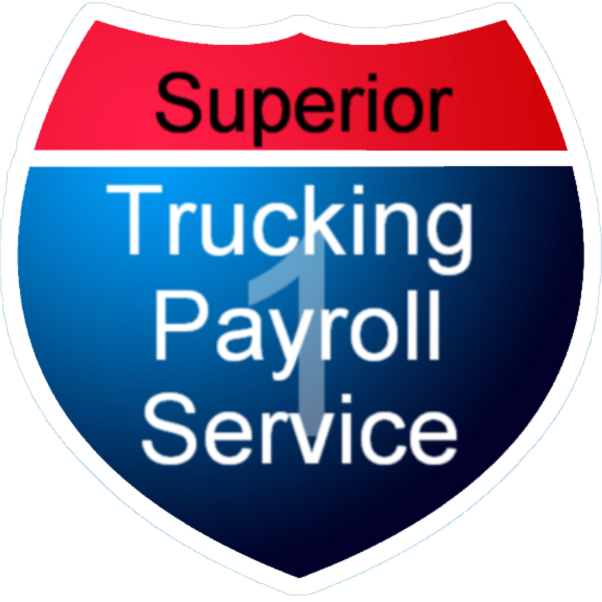(Single-Member & Multi-Member LLCs)
Why Paying Yourself from an LLC Is Confusing
If you own an LLC, you’ve probably wondered:
“How do I pay myself the right way?”
And if you’ve searched online, you probably ran into tax terms, legal talk, or conflicting advice that left you even more confused.
Here’s the deal: Paying yourself from your LLC isn’t hard — once you know how your LLC is set up and what the IRS expects.
In this guide, we’ll break it down into plain English so you know exactly what to do, whether you’re a solo owner or sharing the business with partners.
The IRS Sees Two Types of LLCs:
- Single-Member LLC = One owner
- Multi-Member LLC = Two or more owners
Most LLCs are taxed as pass-through entities, which means the company itself doesn’t pay income tax. Instead, the business profits “pass through” to the owners, and each owner reports the income on their personal tax return.
So even if you didn’t pay yourself, if the business made money — you’ll owe taxes on your share.
How to Pay Yourself as a Single-Member LLC
If you’re the only owner of your LLC, the way you pay yourself is different from how regular employees get paid — and it all starts with understanding how the IRS sees you and your business.
You and the Business Are One (According to the IRS)
If you’re the only owner, the IRS treats your LLC like a sole proprietorship. That means you and your business are the same for tax purposes.
You won’t get a paycheck or a W-2 — you’ll get paid by taking money out of the business.
What’s an “Owner’s Draw”?
This is how you pay yourself in a single-member LLC. You’re taking money from the business’s profits and moving it to your personal account.
It’s not a salary. It’s just a transfer of money. The IRS doesn’t tax you when you take the draw — you’ll pay taxes later based on what the business earned.
Step-by-Step: How to Take an Owner’s Draw
- Open a business bank account - Never mix personal and business money.
- Write yourself a check or transfer funds to your personal account.
- Keep good records. Track each draw so you can explain where the money went if needed.
You can take draws whenever you want — weekly, monthly, or just when needed. Just make sure you’re leaving enough in the account to cover your business expenses and taxes.
What Taxes Do You Pay?
As the owner of a single-member LLC, you’ll report your business income on Schedule C when you file your personal tax return. You’ll also owe self-employment tax (for Medicare and Social Security) on your net profit.
No separate tax return is required for the business unless you have employees.
While paying yourself as a single-member LLC is fairly straightforward, things work a little differently when you have business partners involved.
How to Pay Yourself in a Multi-Member LLC
If your LLC has two or more owners, the IRS treats your business differently — and that changes how you get paid and taxed.
Think of It Like a Partnership
If your LLC has two or more owners, the IRS sees it as a partnership. That means profits and losses are split among members, usually based on ownership percentages.
You still don’t get a salary — you take draws from your share of the profits.
How It Works
Let’s say your LLC made $100,000 in profit this year.
- If you own 50%, your share is $50,000.
- Even if you only took out $20,000 in draws, you’ll still pay taxes on the full $50,000.
So yes — you can owe taxes on money you didn’t take out. That’s a big surprise for many first-time LLC owners.
Understanding Schedule K-1
At tax time, the LLC will file a Form 1065, which reports the total business income. Then, each member gets a Schedule K-1, which shows how much of the profit belongs to them.
You’ll use this K-1 when filing your personal taxes.
Can Multi-Member LLCs Use Owner’s Draws?
Yes. Each member can take draws from their share of the profits — just like in a single-member LLC. These aren’t considered wages, so there’s no payroll tax at the time of withdrawal.
But again, you’ll still pay:
- Income tax on your full share (even if you didn’t draw it all)
- Self-employment tax on active business income
No matter how your LLC is set up, there are some common mistakes business owners make when paying themselves — and avoiding them can save you time, money, and trouble with the IRS.
Common Mistakes to Avoid
-
Paying Yourself Like an Employee (When You’re Not)
Unless your LLC is taxed as an S Corp or C Corp (more on that in Article 2), you should not put yourself on payroll. That means no W-2 and no salary.
-
Forgetting to Set Aside Money for Taxes
This is a big one. Just because you don’t get taxed when you take a draw doesn’t mean you’re off the hook. You’ll need to pay quarterly estimated taxes throughout the year based on your expected income.
-
Mixing Business and Personal Funds
Keep your business and personal finances separate. Mixing them can cause headaches during tax season and could even hurt your legal protections.
Open a business bank account. Track every transaction. Use accounting software or hire someone who can help.
How to Pay Yourself the Right Way As An LLC Owner
If you own an LLC, knowing how to pay yourself depends on how your business is structured:
- Single-member LLC → You take owner’s draws, pay taxes on the business’s net profit, and report everything on your personal return using Schedule C.
- Multi-member LLC → Each owner takes draws, receives a Schedule K-1, and reports their share of the profits — even if they didn’t take the full amount out.
Either way, it’s all about knowing your setup, keeping clean records, and staying on top of your taxes.
But if your LLC is taxed as an S Corp or C Corp, the rules are completely different. You’ll need to pay yourself through payroll, report a reasonable salary, and follow a different set of IRS guidelines.
Read our next to learn what changes, how payroll works, and what the IRS expects. It’s the next article in this series and will help you avoid common mistakes and keep your business on track.
Written by Melisa Bush
With over 15 years of experience in the trucking industry, Melisa is well-versed in the complexities of trucking payroll and adept at navigating special circumstances. Before joining Superior Trucking Payroll Service, Melisa worked at a trucking company, where she managed driver miles and expenses for a fleet of 50 trucks. This hands-on experience gives her unique insight into the challenges our clients face when preparing their payroll data.
Melisa’s top priority is customer service. She strives to treat each client as an individual with genuine needs, rather than just another number in the system. Her goal is to alleviate the burdens of our clients and make their daily operations smoother.


